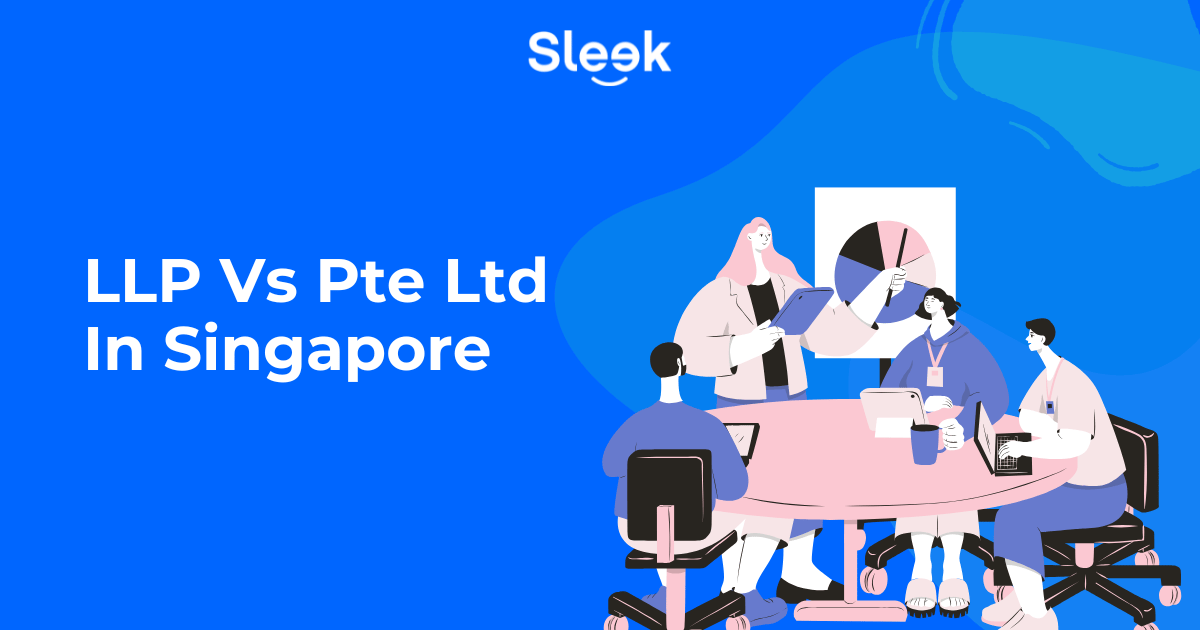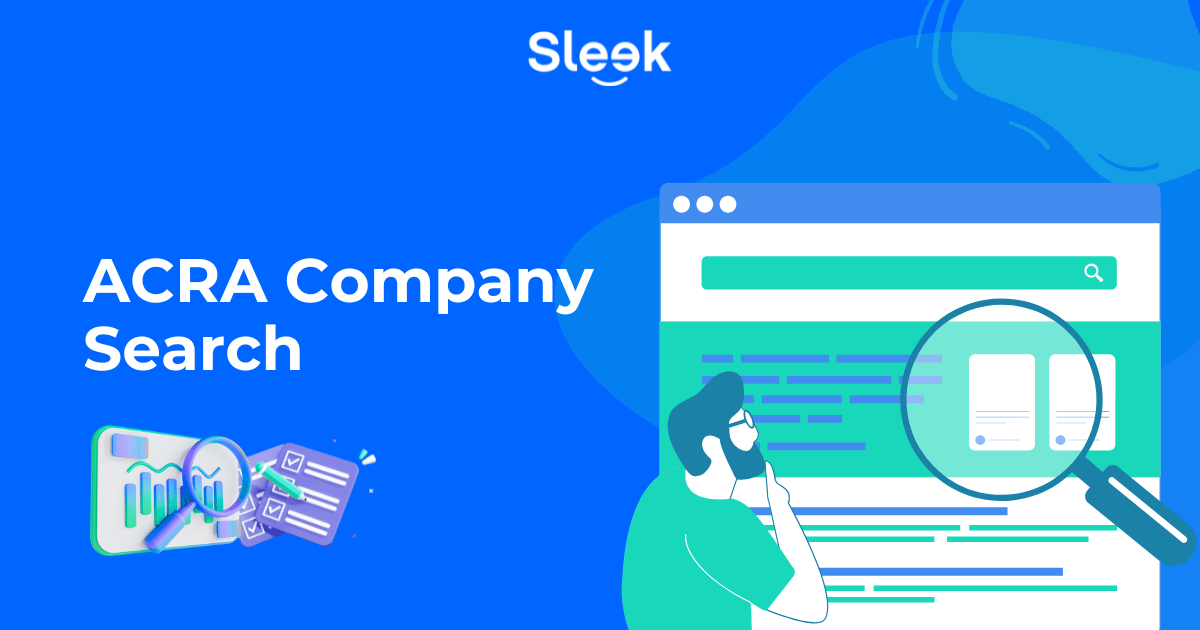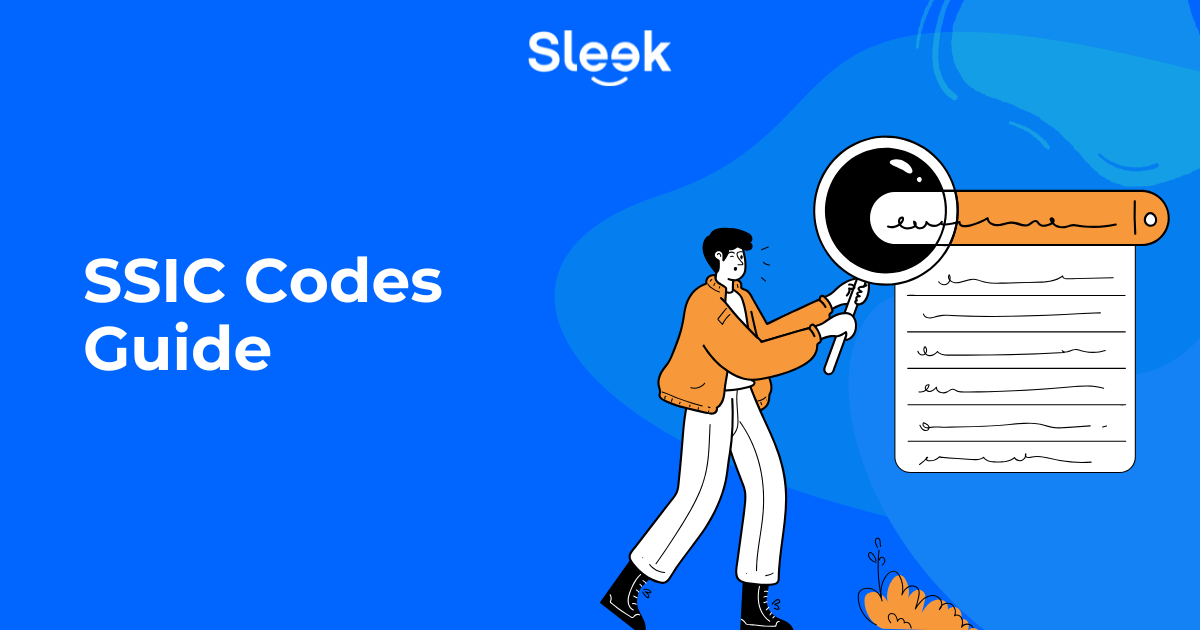Understanding the balance sheet for small businesses
7 minute read
The balance sheet provides a summary of your business’ assets, liabilities and equity to maintain a strong, healthy and sustainable business.
Unlike the statement of profit & loss that covers incomes and expenses over a period of the year, the balance sheet is a summary of your financial position and a specific point in time.
Whether you’re a sole proprietorship, limited liability partner (LLP),or private limited company (PTE LTD), understanding the balance sheet is key for your business! Keep on reading to find out more.
Overview:
- Why do you need to love the balance sheet?
- Assets, liabilities, and equity
- Assets: Current assets vs. Non-current assets
- Current assets: Cash at bank
- Current assets: Accounts receivable
- Current assets: Inventory
- Non-current assets: Fixed assets
- Non-current assets: Long-term investments
- Current liabilities: Accounts payable
- Current liabilities: Bank loan
- Equity
- Wrap up
Why do you need to love the balance sheet?
In addition to helping you understand the net worth of your company, the most important thing a balance sheet can do is tell you how well you are able to pay back what you owe.
As soon as there are any signs that your assets might be too low to cover your liabilities, the balance sheet will enable you to spring into action to bring your business back to health, or risk going out of business.
The balance sheet is also a tool that is widely used by investors and lenders to make informed decisions about whether they want to invest in your business.
Here’s how a typical balance sheet looks like:

Assets, liabilities, and equity
As mentioned, the balance sheet provides a summary of:
- Assets – everything that’s owned by a business
- Liabilities – everything that’s owed by a business
- And the equity that shareholders own in the business.
To help bring these concepts of assets, liabilities, and equity to life – let’s meet Jane and use her personal assets and liabilities to help us out.
It’s simplest to think about the assets in Jane’s life as being anything she can expect to turn into cash such as her apartment, laptop, car, or any shares and investments.
Jane’s liabilities are anything she knows she will have to pay using her cash. For instance, her home loan or any outstanding electricity and phone bills.
Using this information about her assets and liabilities, we can understand Jane’s equity which is the cash left over if all assets were sold and all liabilities settled.
If Jane’s total assets are valued at $600,00 and her liabilities are $400,000, her equity would be the $200,000 leftover.
As an equation, Equity = Assets – Liabilities.
The fact that the two sides of that equation will always balance, is why we use the term “balance sheet”! Notice that Jane’s assets are 1.5x higher than her liabilities. This would generally indicate that she is financially healthy i.e. what she owns is currently sufficient to pay off what she owes.
If your assets are ever looking too close to or lower than your liabilities, always seek support from a finance expert to bring your business back to a healthy position, before things get worse.
Assets: Current assets vs. Non-current assets
You’ll notice that assets and liabilities in this balance sheet are split out into current and non-current assets.
Current assets refer to any cash expected to be received or paid within a year, while non-current assets are anything that will be settled later than that (i.e. more than a year).
This helps those reading the balance sheet to understand if your business is under any current pressure to pay your debt or whether they are due until next year.
Current assets: Cash at bank
What is it? Cash at bank is probably the simplest asset, typically representing the business’ bank balance.
What do you need to understand? Cash is King! It is the oxygen of your business. Your balance sheet tells the story of whether you have enough cash to comfortably pay your debts, help you survive through a tough time, and invest in growing the business – a position that is the clearest indicator of a strong balance sheet, and one that is highly attractive to investors.
Current assets: Accounts receivable
What is it? This balance will likely be the payments due from your customers. For example, when you’ve given them 30 days to pay an invoice once shipping your product out to them.
What do you need to understand? Reviewing accounts receivable will help you to identify if your customers are taking a long time to pay the cash they owe you. Track this carefully because that’s your cash you’re letting your customers hold onto, and you need that cash back into your business as soon as possible to pay your staff and grow!
Current assets: Inventory
Calling all new business owners – get your company incorporated for free today. For existing business owners, enjoy S$300 savings when you get our corporate secretary and accounting services.
Non-current assets: Fixed assets
What is it? Also known as ‘property plant & equipment’, these are the assets that your business uses in order to generate its income. For example, the machine used to produce the products that a business sells.
However, over time, their value in the balance sheet will decrease to reflect the wear and tear of these assets. For instance, nobody would pay full price for a machine purchased 10 years ago!
In accounting, this process is called depreciation.
What do you need to understand? Investment in assets that improve a business’s ability to generate income, sustain operations, and grow is key to a sustainable business. Investors will look at fixed assets as one of the key indicators that a business can support growth.
Non-current assets: Long-term investments
What is it? This is cash that you decide to invest for longer than a year, in the expectation that you’ll receive a higher return on it than if it were just sitting within your business.
An example would be the high-interest rate on a government bond.
What do you need to understand? While it is true to reserve some cash to buffer against tough times and to fund plans for operation and growth, there is little value in having too much excess cash in your business (which is a nice problem to have).
You should always seek to put your cash to work and can do so by investing it to potentially earn a high rate of return as opposed to earning next to nothing if it sat idle in the bank.
Furthermore, having too high of a cash balance can prompt an investor reviewing your balance sheet to wonder if your business truly knows what to do with their cash. This is something you’d best want to avoid.
Current liabilities: Accounts payable
What is it? This is typically the cash owed to suppliers if they have provided a service or shipped goods to you, but either have not invoiced you or payment is not due yet.
What do you need to understand? Just like how it is important to collect cash as quickly as possible from your customers, it’s also important to not pay your suppliers too soon.
If they’ve given you seven days to pay, use the cash in your business for those seven days for other more important tasks and only pay once your invoice is due. The key to optimizing the timing of receiving and paying cash is to maintain an organized.
Current liabilities: Bank loan
What is it? This might refer to a business loan, or cash that the bank has lent in order to kickstart or grow your business. This is the portion of the loan due within one year; the rest will sit as a non-current liability.
What do you need to understand? Bank loans are a form of debt financing. The bank will charge you an interest fee for the service of using the bank’s cash for a period of time. Taking on debt requires a long-term commitment to cover interest payment, and this can easily become a stress if cash flow is tight.
Investors and lenders are particularly interested in understanding how your business is funded, and they will look to the balance sheet to find out.
Equity
What is it? As mentioned earlier, equity is the cash that would be available to shareholders if all assets were sold and all liabilities paid.
It also might help to think about equity like this: cash leftover in your business had to come from somewhere, right? Yes! There are two main sources of this cash, which together make up the equity balance.
The first is retained earnings which is the cash generated or used by business operations (i.e. the profit or loss) subtracted from any dividends that have been paid to shareholders.
The second is shareholder contribution which is any cash injected into the business by shareholders.
What do you need to understand? Shareholders’ equity is one of two funding options available to a business. It’s very different from debt financing as you are not obligated to return the cash at a point in time.
However, obtaining equity finance does mean you need to sell part of your business in return for the investment.
Wrap up
And there we have it! Hopefully, the balance sheet is now a lot clearer to you.
Before we end, here’s a recap of key reasons as to why the balance sheet is an important business tool that you need to love:
- It tells you about your business’s financial health, and when you might be in trouble, by showing you how easily you’re able to pay back what you owe.
- It tells you how much your business is worth.
- It is a handy list of everything you own and owe, allowing you to easily see your cash balance, or when your customers owe you money.
Need additional help? Don’t hesitate to reach out to us at Sleek. Our friendly team of accountants and experts is here to help you manage your business.
You might be interested in reading about:









